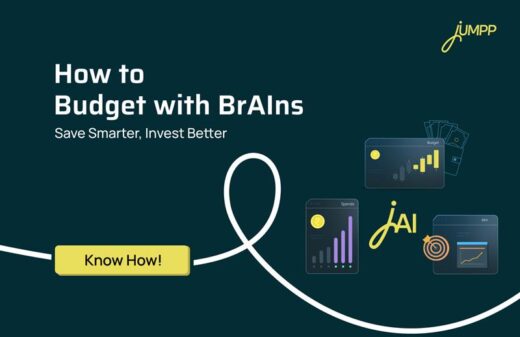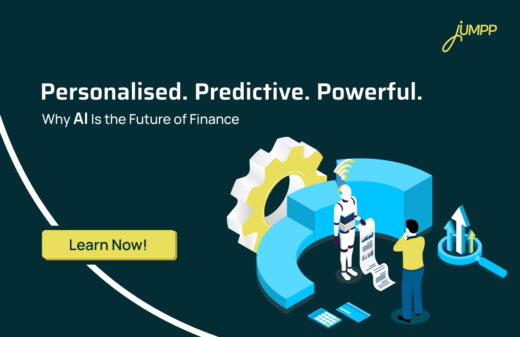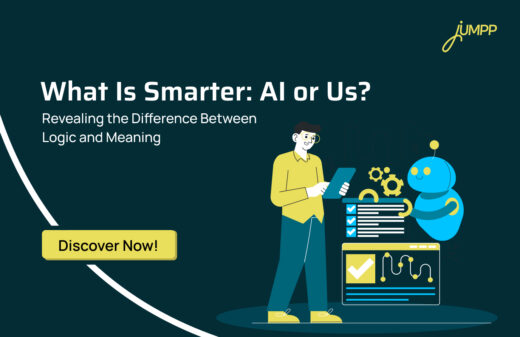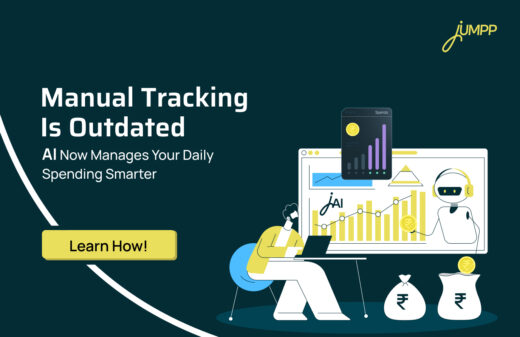What AI in Banking Really Looks Like in India Today
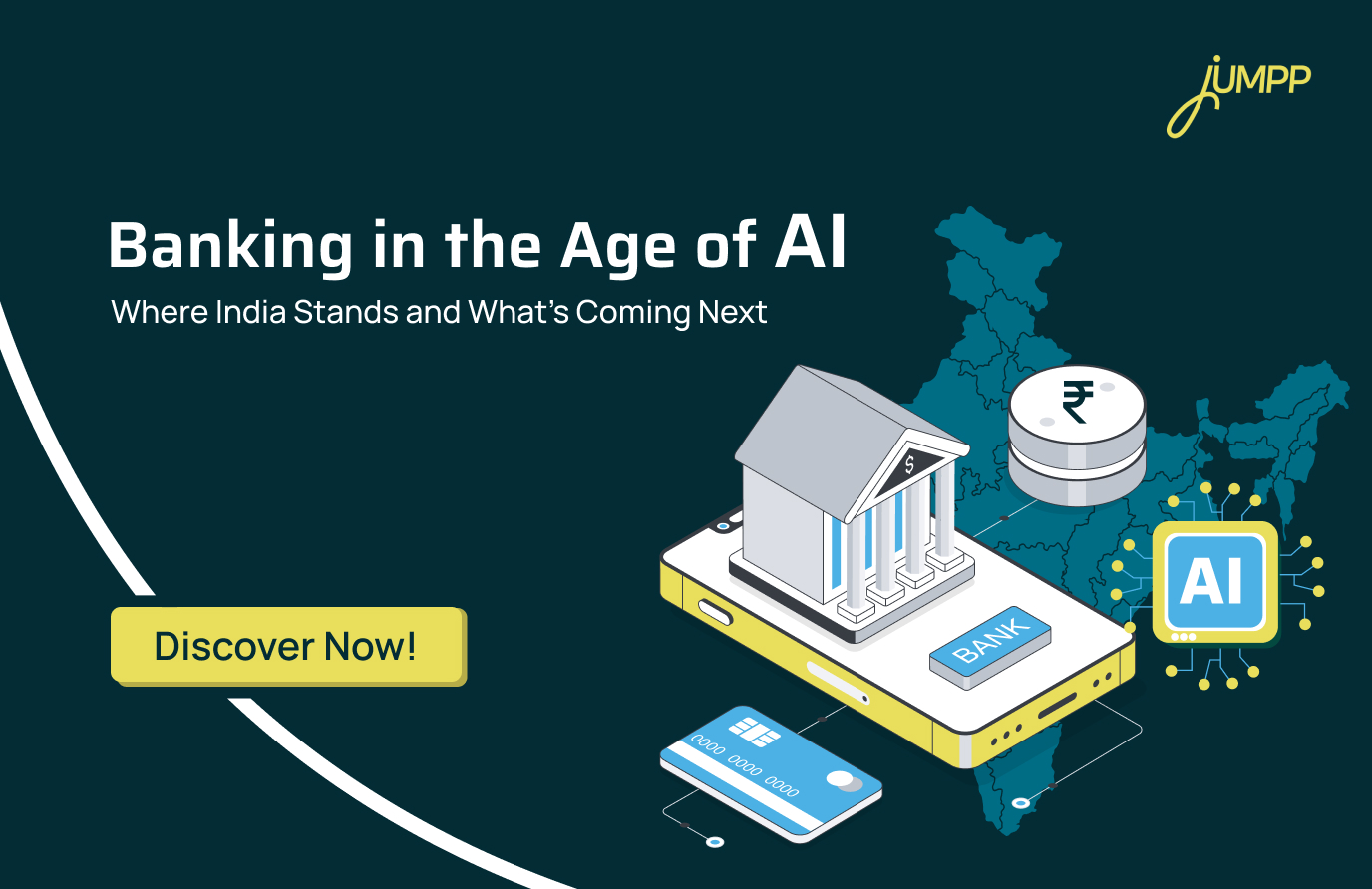
AI for writing, AI for creating images, AI for creating videos, and now, AI in banking! From personalised recommendations on shopping apps to virtual assistants on phones, AI has made its way into everything. But one space where it is truly bringing transformational change is the banking sector. You might already be interacting with AI-powered banking tools without even knowing it.
Let’s understand how AI is changing the way banking works in India, and what the growing benefits of AI in banking are.
What is AI in Banking?
AI in banking refers to the use of advanced technologies like machine learning, natural language processing, and data analytics to automate, personalise, and improve banking services for customers. It goes beyond just replacing manual work. Artificial intelligence in banking helps to make smarter decisions, serve customers faster, reduce fraud, and cut down operational costs.
In simple terms, AI makes banking more efficient, intelligent, and accessible.
Now, be it that you’re getting a loan pre-approval within seconds, chatting with a 24×7 customer support bot, or receiving a suspicious transaction alert, Artificial Intelligence in the banking sector in India is running in the background.
Today, leading Indian banks are embedding AI in everything from fraud detection and credit scoring to wealth advisory and customer engagement.
But what is the reason behind the growing use of AI in the banking sector?
Why AI is Becoming Important in the Indian Banking Sector
The Indian banking industry has witnessed a massive digital shift over the past decade. UPI, mobile banking apps, and digital KYC have already changed how Indians bank. But with more data being generated every second and more people expecting fast, personalised service, banks are now looking at AI to meet these needs.
India is Leading the World in Real-Time Payments and AI-Driven Infrastructure
India’s Immediate Payment Service (IMPS) is the only system in the world ranked at Level 5 in the Faster Payments Innovation Index. UPI’s global expansion is now being supported by AI for fraud management, compliance, and transaction routing.
The Fintech Rise is Accelerating AI Adoption in Banks
India’s fintech sector is currently valued at US$111 billion and is projected to reach US$421 billion by 2029. With over 2,000 DPIIT-recognised fintech startups operating in the country, banks are under pressure to modernise, collaborate, or compete.
AI has become the natural bridge.
Digital Transactions Are at Record Highs
As of July 2024, 602 banks in India were actively using UPI.
During the same month, India processed 15.08 billion digital transactions worth US$25.27 billion. Managing such high volumes while ensuring speed and security is where AI steps in.
AI Is Helping Traditional Banks
While super apps may have the digital edge, incumbent banks continue to hold the trust advantage. AI in banking is allowing these banks to double down on that trust by offering personalised experiences, reducing errors, automating complex processes, and making KYC and compliance faster through risk-based AI models.
Here’s a quick look at the reasons powering the increasing role of AI in banking-
- India has one of the world’s largest populations using digital banking services
- Financial frauds and cyber threats are rising
- Customers now expect instant service, 24/7
- There’s a huge volume of customer data that banks can use to offer better solutions
AI helps tackle all these challenges effectively.
Application of Artificial Intelligence in Banking- 2025
Here is how real challenges are being solved by artificial Intelligence in the banking sector in India!
Understanding Customer Emotions Through Voice and Text
Banks are using AI tools to convert voice conversations from helplines and branches into text. This helps teams review how customers are feeling, track common issues, and improve service quality with clear data from actual calls.
AI models can read through texts like chats, feedback forms, or emails and figure out whether the tone is happy, frustrated, or neutral. This emotional understanding helps banks make better decisions, from improving product design to personalising interactions.
Fighting Financial Crime and Money Laundering
AI tools are now trained to track money movements and highlight deceptive behaviour patterns that might be linked to money laundering. This helps compliance teams act faster and with more accuracy.
Personalised Financial Recommendations
AI in banking makes it easier to offer the right product at the right time. Based on a customer’s spending habits, life stage, and savings goals, the system can suggest offers, credit cards, or savings plans that actually match their financial needs.
AI in Fraud Detection and Risk Monitoring
Whether it’s a strange login, a transfer that seems suspicious, or a sudden pattern in transactions, AI can detect what doesn’t look right—and do it faster than manual systems ever could.
During onboarding or KYC, AI can verify ID documents by scanning images or videos. It ensures security, reduces fake entries, and speeds up account openings.
Translation to Break Language Barriers
With AI-powered translation tools, banks can now offer services and content in multiple languages. From mobile apps to news alerts, everything becomes accessible to a wider audience, especially in a country as diverse as India.
Operational Automation and Workflow Efficiency
Banks deal with loads of paperwork—loan files, KYC documents, agreements. AI now helps extract and organise this data so staff can work faster, customers face fewer delays, and data entry errors drop significantly.
Better Customer Conversations with AI Agents
From simple queries like “When does my EMI go out?” to more complex concerns, AI-powered virtual agents can chat naturally with customers, saving time for both users and human staff.
Data Analysis for Smarter Predictions
By looking at patterns in customer behaviour, past transactions, or credit histories, AI helps banks predict what a customer might need next, how risky a loan might be, or when fraud might happen.
Advanced Predictive Modelling
AI doesn’t just show what’s happening now—it forecasts what’s likely to happen next. This predictive power helps in designing better investment products, assessing risks, and preparing for market shifts.
Stronger Cybersecurity
AI systems constantly watch for unusual online activity, malware, or hacking attempts. This real-time monitoring adds a powerful extra layer of security across banking systems and networks.
Curious how artificial intelligence is transforming more than just banking?
Explore the broader impact of AI in financial management and see how it’s reshaping personal finance, investments, and more here.
Benefits of AI in Banking (2025 and Beyond)
Smarter Automation
Artificial Intelligence allows banks to shift repetitive, manual tasks to machines, freeing up human teams to focus on complex decision-making. Whether it’s scanning for fraud across millions of transactions or managing routine backend operations, AI keeps workflows smooth, responsive, and less prone to fatigue or oversight.
More Reliable Accuracy
When AI is trained well, it performs the same function repeatedly without slipping up. This makes it a powerful tool for reducing human error in key banking areas—whether it’s during onboarding, verifying KYC documents, or sorting through large datasets for reporting.
Improved Efficiency
Time-consuming tasks like transcribing customer calls, summarising documents, or answering basic customer FAQs can now be handled by AI agents instantly. This doesn’t just cut costs—it creates more space for human staff to engage in strategic, higher-value work.
Faster Decisions
Banks deal with real-time decisions—whether it’s approving a loan or flagging a suspicious transfer. AI can scan through vast data in seconds to uncover patterns, identify outliers, and offer quick insights that humans might take hours to surface. This speed helps banks stay agile in a fast-moving financial environment.
24×7 Availability
Unlike human teams, AI doesn’t clock out. From chatbot-driven customer support to real-time fraud monitoring, AI systems can continue working non-stop, ensuring that customers always have help when they need it—even at 2 a.m.
Room for Innovation
The real strength of Artificial Intelligence in banking is the access to deeper data and better prediction models. Banks can now roll out services that didn’t exist before—like personalised financial coaching, credit decisions based on alternative data, and dynamic savings suggestions tailored to each customer’s behaviour.
Challenges of AI in Banking
While AI is powerful, it comes with its own set of difficulties:
- Data Privacy and Security
AI systems depend on large amounts of personal and financial data. If this data is not protected properly, it could be misused or hacked.
For instance, a data breach could expose customer account details or credit history, leading to financial losses and trust issues.
- High Initial Cost
Developing and maintaining AI systems requires investment in technology, software, and skilled professionals. Smaller banks may find it difficult to afford this.
- Skill Gap
Many bank employees need to be trained to use or manage AI tools. Without proper knowledge, it becomes difficult to implement these tools effectively.
- Lack of Human Touch
While chatbots are helpful, some customers still prefer talking to a real person, especially when dealing with complaints, disputes, or sensitive issues.
- Regulatory Issues
AI-based decisions may sometimes go against RBI regulations if not programmed carefully. Banks must ensure that AI systems follow all rules and guidelines.
- Biased Decisions
If the data used to train AI systems is biased, the outcomes can also be unfair. For instance, AI might reject loan applications based on biased historical patterns.
Meet jAIlytics: AI for Every Customer
Try jAIlytics, a new-age Indian platform using exclusive AI support to make personal finance smarter.
Instead of just showing you how much you spent, jAIlytics explains your money.
It learns from your spending behaviour across accounts, categorises expenses, highlights unusual activity, and even predicts when you’re likely to overspend again.
It adapts to your banking habits!
Explore jAIlytics!
Final Thoughts
Artificial Intelligence in banking sector in india is not just a trend.. It’s becoming the new normal. Whether you’re applying for a loan, chatting with a virtual assistant, or making a UPI payment, AI helps customers stay safe. As India’s banking ecosystem grows more digital, the role of artificial intelligence will also cover-
- Smarter AI tools that understand regional dialects
- Voice-based banking commands are gaining popularity
- More secure and AI-driven biometric logins
- AI-powered financial planning tools
So, the next time you use a banking app, just know that a smart AI tool might be working to make your experience better.
AI in Banks- FAQs
Artificial intelligence in banking is used for customer support via chatbots, fraud detection in real time, credit decision-making, process automation, and risk management.
Major banks like HDFC Bank, SBI, ICICI, and Axis Bank are actively deploying AI across operations.
The Reserve Bank of India uses AI through tools like ChiRAG, a generative AI interface for internal information access, and MuleHunter.ai for detecting mule accounts (bank accounts that are used by fraudsters to launder money or transfer stolen funds).
Central banks use AI to forecast inflation and economic growth, monitor banking sector health, detect financial fraud, process large-scale complaints, etc.
AI-driven audit systems help banks automate internal compliance checks, analyse risk patterns, and enhance supervisory oversight.
AI agents in banking serve multiple roles: customer service via chatbots, automated risk monitoring, pre-approved offering engines, fraud detection systems, credit scoring using alternative data, etc.

